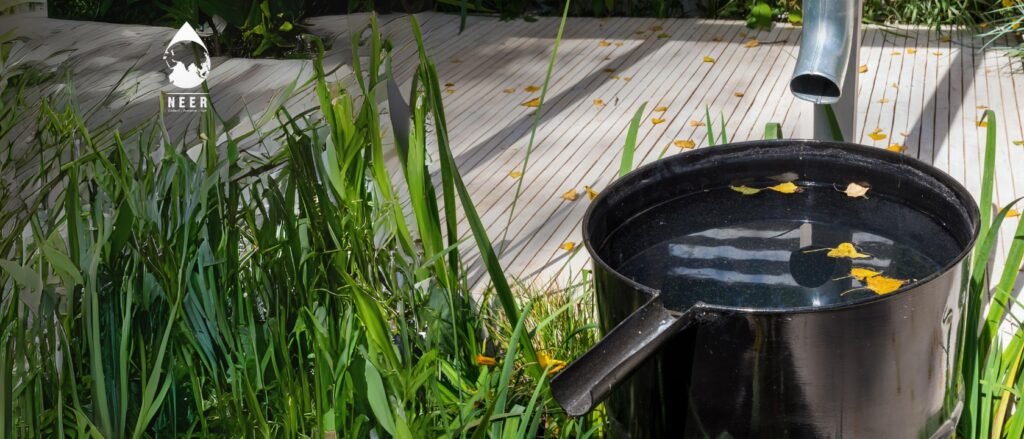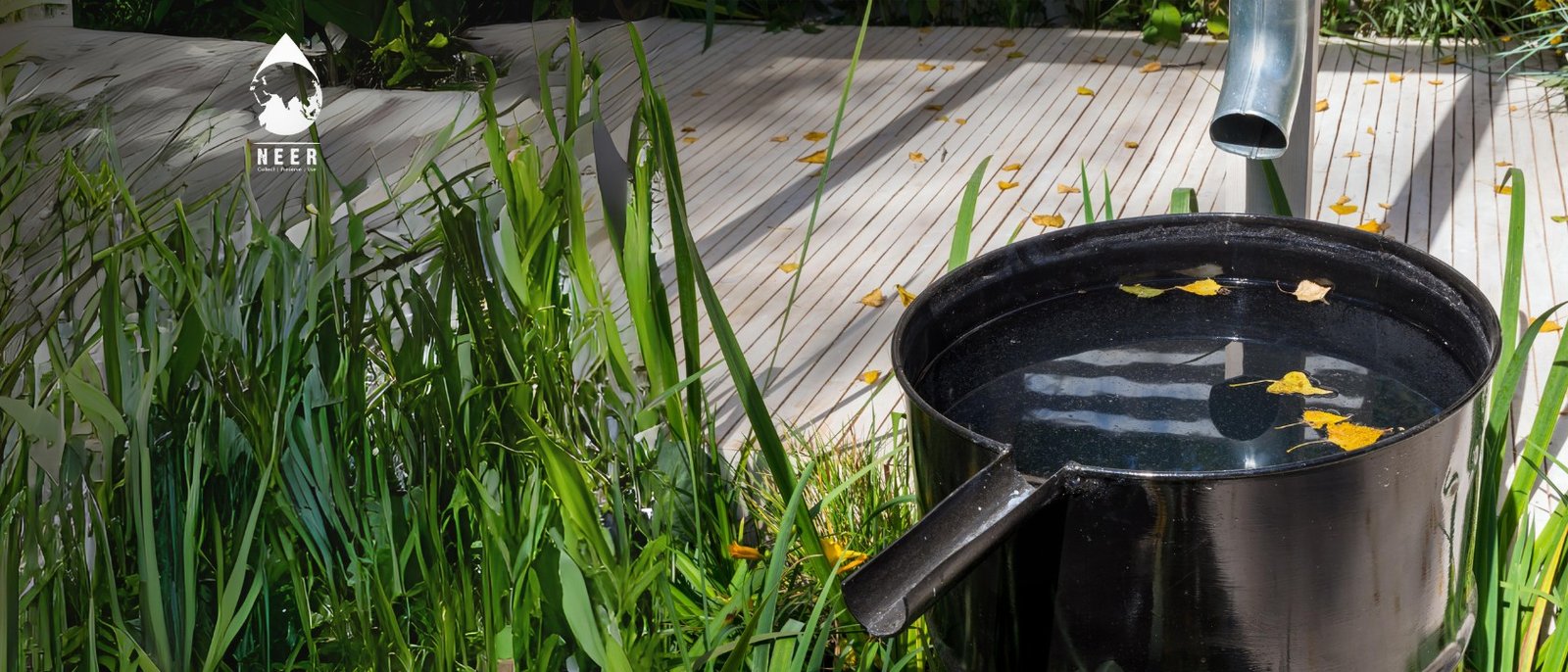
By: admin
The Ultimate Guide to Installing a Rainwater Harvesting System
Embracing rainwater harvesting is a significant step towards sustainable living and water conservation. This ultimate guide will walk you through the essentials of installing a rainwater harvesting system at your home or business, ensuring you can collect and use rainwater efficiently. Whether you’re a gardening enthusiast, a homeowner looking to reduce water bills, or a business aiming for sustainability, this guide is for you.
Step 1: Understand the Basics of Rainwater Harvesting
Rainwater harvesting involves collecting rainwater from surfaces like rooftops, which would otherwise go to waste, and storing it for future use. It’s a simple yet effective method to conserve water, reduce dependence on municipal supplies, and lower water bills.
Step 2: Assess Your Water Needs and Collection Potential
Start by determining how much water you typically use for activities like gardening, flushing toilets, or even laundry. Then, evaluate your property’s potential for rainwater collection. This depends on the size of your roof and the average rainfall in your area.
Step 3: Choose the Right System for Your Needs
Rainwater harvesting systems can range from simple barrels to more sophisticated systems with large storage tanks and filtration mechanisms. Your choice should align with your water needs, space availability, and budget.
Step 4: Install gutters and downspouts.
Ensure your roof is equipped with gutters and downspouts that are in good condition. These components are crucial for directing rainwater into your collection system. Consider installing gutter guards to prevent leaves and debris from entering the system.

Step 5: Select and Set Up Your Storage Tank
Choose a storage tank or barrel that fits your space and meets your water storage needs. Place it on a solid, level foundation near a downspout. If you’re using multiple barrels, you might consider linking them together for increased capacity.
Step 6: Implement a Filtration System
To ensure the water you collect is clean and free from debris, install a filtration system at the point where water enters your storage container. Options range from simple mesh screens to more complex first-flush diverters.
Step 7: Plan for Overflow
Your system should include an overflow mechanism to direct excess water away from your home’s foundation, especially during heavy rains. Consider channeling overflow water into a rain garden or other area that could benefit from additional moisture.
Step 8: Use Your Harvested Rainwater
Decide how you’ll use the collected rainwater. For outdoor uses like irrigation, you might need a pump to distribute water throughout your garden. If you plan to use it indoors, such as for flushing toilets, further treatment and plumbing modifications may be required.
Conclusion
Installing a rainwater harvesting system is a rewarding project that contributes to significant water savings and environmental conservation. By following this guide, you’ll be well on your way to utilizing rainwater efficiently, lowering your environmental impact, and embracing a more sustainable way of living.
Remember, while setting up a rainwater harvesting system can be straightforward, consulting with a professional can ensure your system is optimized for your specific needs and complies with local regulations.
ABOUT NEER
NEER has been established as an Independent Ground Water Management Consultancy Organization with the full support of the Senior Hydro-geologist of the country Mr. M. MEHTA, Ex-Commissioner Ground Water, Ministry of Water Resources, Government of India.
NEER is an Accredited Consultant by the Central Ground Water Authority (CGWA) for the preparation of Ground Water withdrawal Impact Assessment report in accordance with the Guidelines issued vide notification No. 3289(E) dt: 24th September 2020 by CGWA duly followed by other States. NEER is also empaneled, registered and notified Consultant for Rainwater Harvesting designing and implementation by the U.P. government.
AIMS AND OBJECTIVES:
NEER has joined in this endeavor to provide clean water to masses around the year, propagating for conservation and preservation of water including Rainwater Harvesting and Artificial Recharge to groundwater. This is being a part of the water management process to fulfill the dreams of NEER, “Water should be Conserved and Wastage Prevented” and “Everybody should get the needed water being the crux of Life”.
NEER EXPERIENCE:
NEER is working in the field of groundwater management, intending to provide robust consultancy services to Government Departments, Firms, Companies – Private and Public Sector, Institutions, on the Assessment and Management of Water, Environment, and Pollution Control.) Industries, Infrastructures and Mining Projects to meet their water supply requirements as per existing protocols. It also aims at capacity building of stakeholders in Groundwater Investigations and its Management.
We work on NO-COMPROMISE POLICY. Our team members have conducted studies on Environment and Water Management throughout the country and abroad.
NEER has already executed many applied Research and Implementation Projects. Timeliness and Client satisfaction are the essences of this organization’s consultancy philosophy.
NEER APPROACH:
NEER has multi-disciplinary human resources for providing on-site solutions for all groundwater problems. It includes training on Groundwater issues through a well-developed curriculum by Scientists and Trainers.
The Research and Consultancy assignments are being carried out by experts in different fields with long and wide-ranging experience. NEER is also drawing on the expertise in relevant subject matters from the experts of Academic and Research Institutions of National and International repute. Follow us on Facebook & Instagram.


